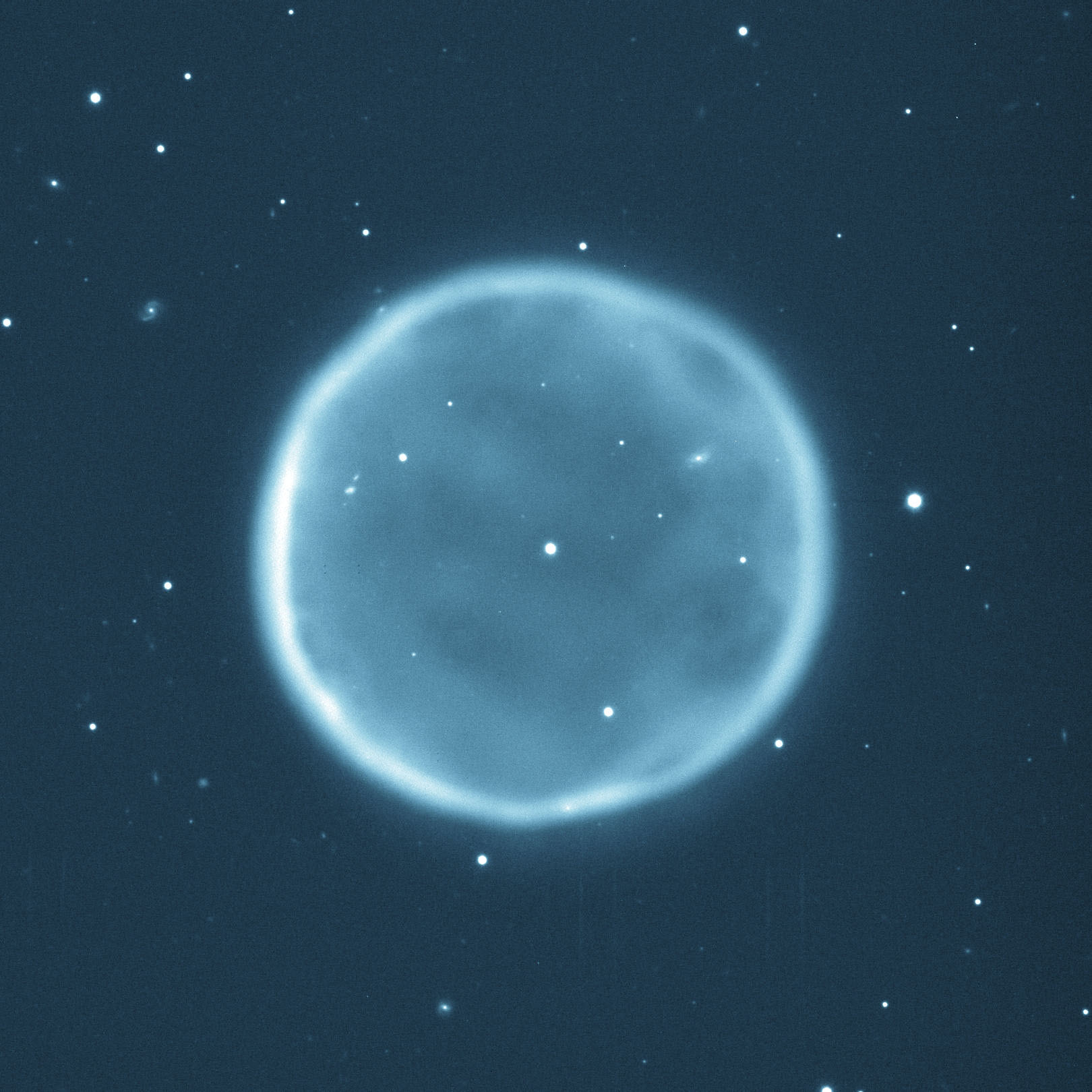What will happen after the Sun dies?
In approximately ten billion years, our Sun will cease to exist, that much is clear. But astronomers, of course, are thinking even farther out – they wonder what will become of our mother star. Nine out of ten stars will leave behind a planetary nebula, a massive, illuminated cloud of interstellar gas and dust, when they transition from red giants to white dwarves. A nebula can contain almost half the mass of its former star; the nebula is visible for approximately 10,000 years, as long as the core is still hot enough to light up the cloud from inside. The Sun was previously thought to be too light to form such a permanent memorial – it was assumed that a star had to be at least twice the mass of the Sun.
In a new paper, published in Nature Astronomy, scientists at the University of Manchester are now getting to the bottom of this question. They used a new model based on existing data from many stars. This model shows that, after ejecting the nebula, the former star will heat up three times faster in its core than previously thought. In this way, it can compensate for its lower mass. It turns out that the Sun is at the very lower limit of the required mass – therefore, our distant descendants will be able to admire a beautiful planetary nebula when they visit the resting grounds of our burned-out Earth.
Professor Albert Zijlstra, one of the authors, explains: “We found that stars with mass less than 1.1 times the mass of the sun produce fainter nebulae, and stars more massive than 3 solar masses brighter nebulae, but for the rest, our model matches the older models.”
